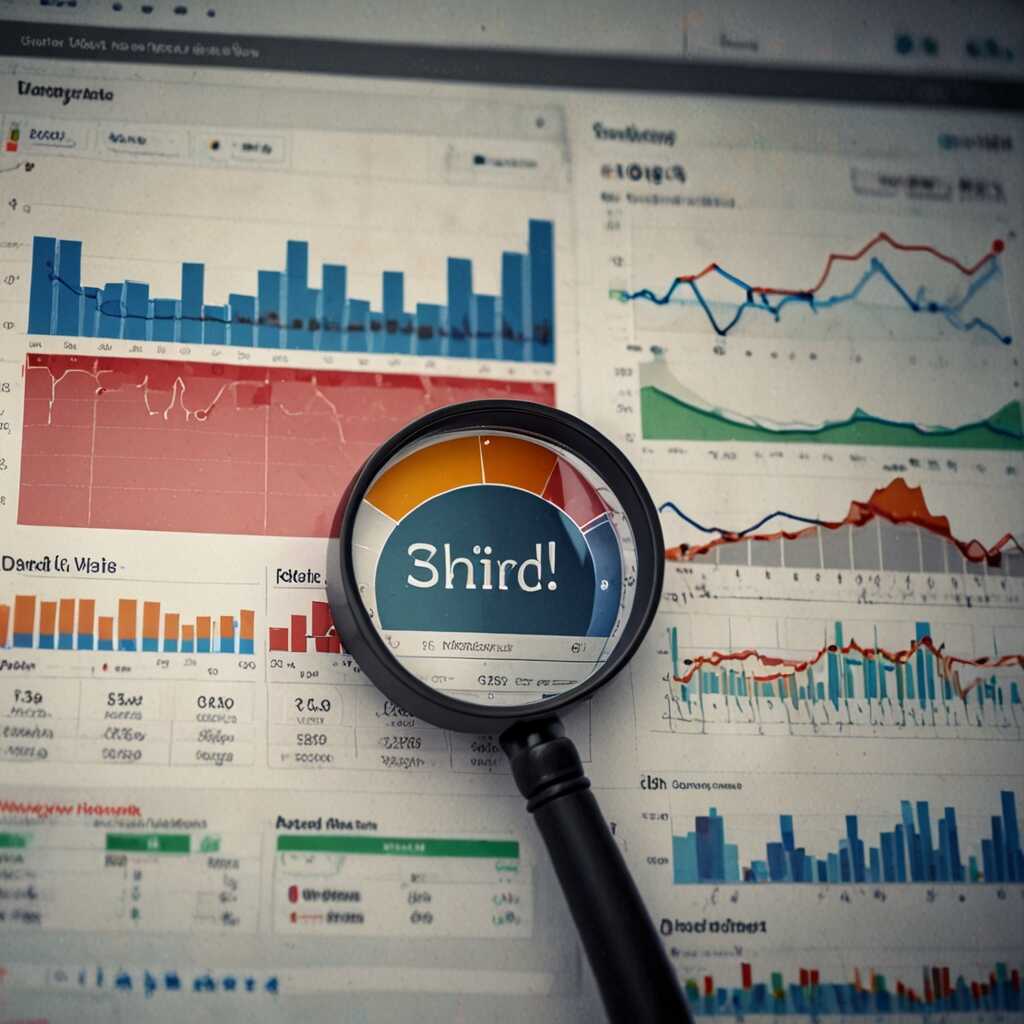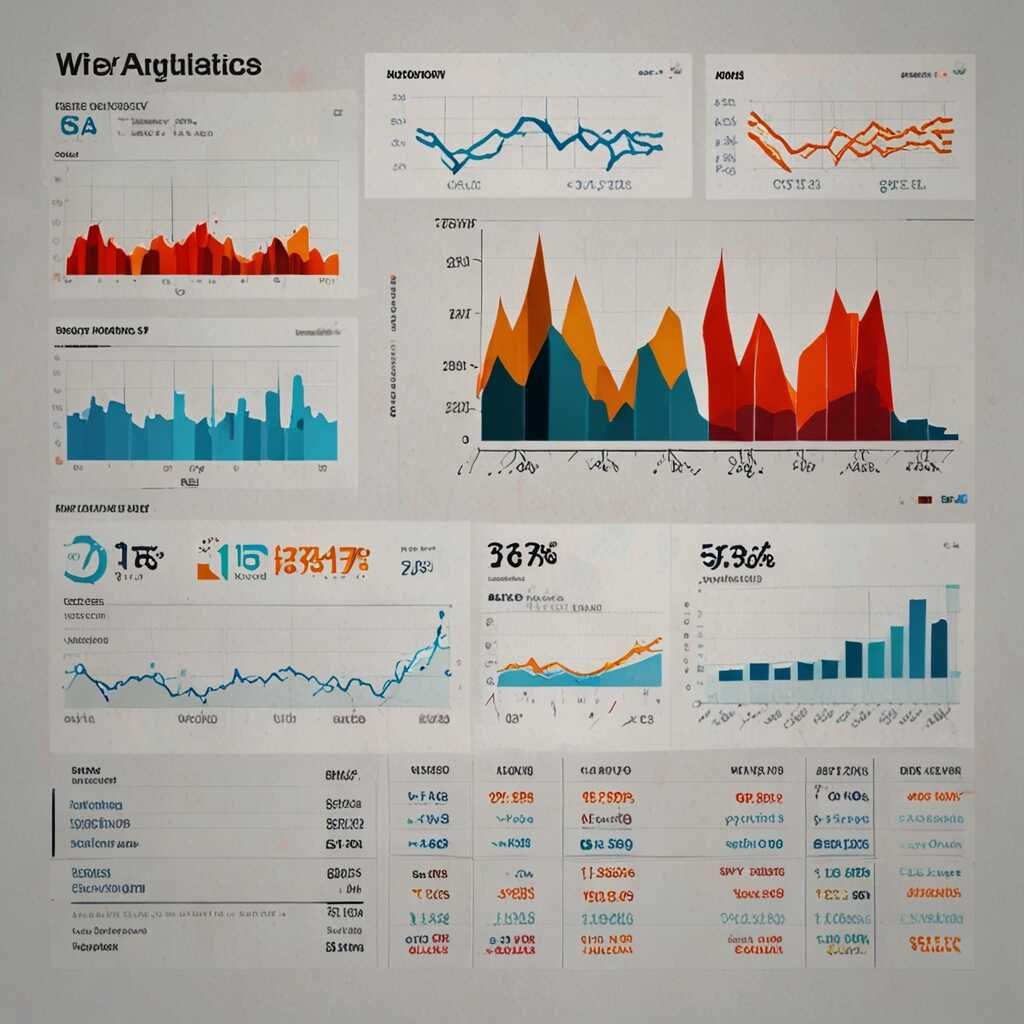Are you frustrated because your new content isn’t indexed by Google? This issue can hinder your site’s visibility and traffic, making it essential to understand the reasons behind indexing problems. At Metrics Rule, we specialize in SEO solutions that can help you discover why your content remains unindexed and provide effective strategies to rectify these issues quickly. With our technical knowledge and experience, we aim to empower you with actionable insights to ensure your content gets the attention it deserves from search engines.
Main Reasons Google Fails to Index New Content
Several factors can prevent Google from indexing your new content effectively. First, server errors can interrupt the crawling process, making it difficult for Google’s bots to access your site. Next, your site structure plays a crucial role; a poorly designed hierarchy can lead to indexing issues. Additionally, problems with your robots.txt file may incorrectly block search engines from crawling certain pages. Lastly, having insufficient quality content can deter Google from indexing your pages. Understanding these elements is crucial for resolving indexing challenges.
Impact of Technical Factors on Indexing
The technical aspects of your website have a significant effect on indexing success. For example, server errors like 404s or 500s can halt a bot’s progress entirely, leading to missed opportunities for indexing your pages. Moreover, a convoluted site structure may confuse crawlers, making it hard for them to find and index new content. Having an optimized robots.txt file is essential; make sure it doesn’t accidentally disallow important pages. By focusing on improving these technical factors, you can greatly enhance your site’s reliability and indexing potential.
The Role of Technical SEO in Indexing Issues
Understanding file structure, website speed, and mobile responsiveness is essential for ensuring Google indexes your new content effectively. Technical SEO elements like core web vitals significantly influence how search engines crawl and index pages. For example, a site that loads in under three seconds tends to receive a better ranking, enhancing indexing outcomes. Mobile responsiveness also plays a critical role, as Google prefers websites that offer a seamless experience across devices, which can ultimately lead to improved reliability in indexing new content.
Key Technical SEO Factors for Enhanced Indexing
To improve your site’s indexing performance, focus on optimizing technical SEO factors such as website speed, mobile responsiveness, and core web vitals. Pages that achieve optimal speed (ideally under two seconds) increase user satisfaction and contribute to better rankings in search engine results. Implementing structured data can help Google understand your content faster, while responsive design enables more users to access your site seamlessly, further enhancing indexing efficiency. Conduct testing on your website through tools like Google PageSpeed Insights to receive targeted feedback for ongoing improvement.

How Content Quality Influences Indexing
Content quality significantly impacts its indexing by Google. High-quality content that is relevant, original, and user-focused has a better chance of being indexed quickly. Google prioritizes content that provides value and meets user intent. Essential aspects influencing content quality include clear writing, accurate information, and proper keyword use. Using SEO best practices can enhance content visibility, ensuring that it gets crawled and indexed efficiently. Websites that maintain quality content can expect a higher rate of indexing and visibility in search results.
Key Elements of High-Quality Content for SEO
To improve your content quality for search engine indexing, focus on several key elements. First, ensure that your content addresses user needs effectively, leading to higher engagement rates. Including structured data, like Schema markup, is also crucial for helping search engines understand your content. Additionally, relevant keywords should be woven naturally into the text to enhance keyword relevance. Regular updates and reviews of your content keep it fresh, which is vital for maintaining high-quality status. By following these practices, your content can stand out in the competitive landscape of SEO, making indexing more likely.
Key Statistics on Content Indexing Challenges
- Over 70% of new web pages fail to appear in search results shortly after publication.
- Approximately 75% of SEO professionals report facing indexing issues regularly.
- Common indexing problems lead to a 50% drop in organic traffic within weeks.
- Around 60% of websites do not optimize their robots.txt settings properly.
- An estimated 45% of website owners overlook creating and submitting sitemaps to search engines.
- Penalties from Google can take up to 6 months to resolve through reconsideration requests.
- Data indicates that properly optimized content sees a 200% increase in indexing speed.

Enhancing Your Website’s Crawlability
Improving your site’s crawlability starts with optimizing your XML sitemap. Make sure it includes all important URLs along with their priority and frequency, as this helps Google effectively index your content. In addition, your robots.txt file should not block any key pages that you want indexed. For better navigation and user experience, implement breadcrumb navigation with no more than four links, allowing users to easily backtrack through your site’s structure. Following these steps enhances your site’s reliability and efficiency in crawling and indexing.
XML Sitemap and Its Essential Features
Your XML sitemap plays a crucial role in enabling search engines to find and index your pages effectively. Ensure it includes every important URL, last modified dates, and priority levels for essential pages. Tools like Google Search Console can analyze your sitemap’s performance, helping you test whether search engines can access each link. Regularly reviewing your sitemap based on the latest content updates will improve your site’s overall search engine optimization (SEO) strategy, ensuring that your most relevant pages consistently rank well in search results.

Maximizing Google Search Console for Indexing
To check your indexing status using Google Search Console, first log in to your account. Navigate to the “Coverage” report where you can see the status of indexed pages. Use the URL Inspection Tool for specific URLs to get detailed information on indexing. If you have recently published new content, request indexing directly from this tool. It’s essential to monitor the “Coverage” report regularly to identify any issues that may impact your site’s SEO health and enhance your overall online performance.
Requesting Indexing for New Content
When requesting indexing for new content in Google Search Console, you can easily submit multiple URLs by using the URL Inspection Tool. Simply enter the URL and click “Request Indexing.” This tool is designed for fast, efficient processing, and helps ensure that Google crawls your new content promptly. To maximize results, ensure that your sitemap is up-to-date, allowing Google to discover your content more easily. A well-structured sitemap enhances your site’s SEO by providing clear navigation paths for search engines. Regularly using these features can improve your chances of quick indexing, which is very important for maintaining timely content relevance and visibility in search results.
Advantages of Ensuring Your Content is Found
- Improved visibility enhances website traffic and attracts more potential customers.
- Fast indexing of new content keeps your website relevant in search results.
- Your brand’s credibility increases as users find more accurate information.
- Timely indexing can lead to higher rankings and better click-through rates.
- Real-time feedback from search engines guides content improvement efforts.
- Effective indexing strategies help in quickly identifying and fixing errors.
- Greater presence in SERPs boosts brand awareness and strengthens market position.

Best Practices for Creating Index-Friendly Content
Creating index-friendly content involves several key factors. First, effective keyword placement should be at the forefront of your content strategy. Utilize keywords strategically in titles, headers, and throughout the body of your text. Optimizing metadata also plays a crucial role; crafting compelling title tags and meta descriptions can significantly improve how search engines view your content. Maintaining a clear content structure enhances readability and allows search engines to crawl your site effectively. Aim for blog posts that are around 1,500 words or more, as longer posts often rank better in search results.
Understanding the Role of Metadata in Indexing
Optimizing metadata is essential for improving content indexing. Metadata includes title tags and meta descriptions that provide search engines with important information about your content. Using relevant keywords in these areas can make your content more recognizable to search engines like Google and Bing. A well-crafted title tag should include the primary keyword and give a brief context of the content. Similarly, an engaging meta description can attract clicks by summarizing what readers can expect, enhancing the likelihood of indexing. By focusing on metadata, you help search engines efficiently crawl and index your pages, thus improving visibility.
Monitoring Indexing Status to Address Issues
Continuously monitoring your site’s indexing status is vital for maintaining visibility. Utilize tools like Google Search Console and Bing Webmaster Tools to get real-time updates. Regular checks allow you to identify issues like pages not being crawled or indexed correctly. Experts recommend reviewing your site’s indexing status at least once a week to catch any potential problems early. Effective monitoring helps to ensure your content remains discoverable.
Top Tools for Monitoring Indexing Issues
Several tools can assist in identifying indexing challenges on your website. Google Search Console is essential as it provides insight into how Google views your site and its indexing status. It alerts you to any crawl errors or indexing issues. Other tools like Ahrefs and SEMrush offer comprehensive audits of your site’s SEO performance, helping you find hidden issues. Regularly using these tools enhances your site’s overall reliability and search engine performance, ensuring users find your content easily.
Brands and Use Cases in Content Indexing Solutions
- Ahrefs: Focuses on backlink analysis, helping improve indexing through link building.
- SEMrush: Offers a comprehensive suite of tools for monitoring and fixing indexing issues.
- Screaming Frog: Provides technical SEO audits that enhance crawlability and indexing reliability.
- Webmasters: Non-profit tech boards often utilize guidelines for successful indexing practices.
- Small businesses: Rely heavily on local SEO and indexing to connect with nearby customers.
- Bloggers: Need quick indexing to stay relevant in fast-paced content trends and spikes.
- Large enterprises: Require robust systems to manage bulk content indexing across multiple platforms.
When to Consider Professional SEO Assistance
If you continue to face indexing challenges despite implementing basic SEO strategies, it may be time to consider hiring a professional SEO consultant. Some signs that indicate a need for expert help include persistent issues such as content not being indexed after multiple submissions, severe traffic drops, or failure to meet crawling requirements. According to industry research, nearly 30% of website owners experience indexing issues that necessitate the expertise of an SEO professional. By enlisting professional SEO assistance, you can improve your site’s indexing and ensure it achieves better performance on search engines like Google.
Recognizing Key Indicators for Expert SEO Support
Recognizing key indicators that signal the need for expert SEO support can save time and enhance your site’s visibility effectively. If your new content remains unindexed for longer than a week, despite following best practices, it’s crucial to seek a professional’s help. Reviewing your technical SEO aspects, such as sitemap submission and robots.txt configurations, is essential for ensuring all website elements are optimized for crawling. A reliable SEO expert will conduct an in-depth analysis to identify underlying problems and implement proven solutions, ultimately enhancing your online presence and overcoming indexing barriers efficiently.
